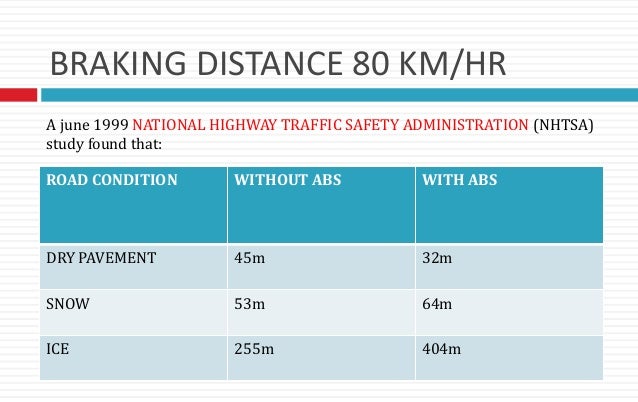I became a huge Tesla long a couple weeks before tech day, because my rough analysis went like this in terms of Tesla execution. Value of company is a multiple of today in 3 - 5 years. Probabilities are (pessimistic - realistic IMO).
-------------------
1. Very poor (20% - 10%): Elon Musk speaks only in tongues, Tesla loses their edge in AI, FSD never works, AP becomes worse than competitors. Bankruptcy, sells assets for $5B. Value .1x
2. Poor (40% - 20%): Tesla loses their edge in AI, FSD is done better by someone else, electric cars are nice but so are others. Market cap / or acquired for $20B. Value .5x
3. Fair (20%: Tesla maintains edge in AI, but FSD in the general case is not achievable. However, FSD works with supervision or in limited locations in 3 years. Value 2x
Why? Tesla will have a car that proactively prevents accidents, and NoAP will ease the entire daily commutes instead of just highways. By using cameras instead of LIDAR, Tesla achieves this at a lower cost or higher margin than competitors. Limited FSD has good commercial use cases, so Tesla monopolizes these. Achieving $100B market cap in 3-5 years seems reasonable given these advantages.
4. Good (10% - 30%): Safe but granny style FSD in 3 years (e.g. timid merging, very cautious navigation, creeps in parking lots, etc). Polished FSD comes in 5 years. Value 5x
People may not find granny-style driving acceptable for robotaxis, but granny style FSD is good enough for a semi-robotaxi where car delivers itself and the customer drives it or monitors driving like NoAP.
5. Great (10% - 20%): Like the good case, except safe and and polished FSD arrives in 3 years. Value 7x
-------------------
Pessimistic: 1.8x = (.2 x .1) + (.4 x .5) + (.2 x 2) + (.10 x 5) + (.10 x 7)
Realistic: 3.4x = (.1 x .1) + (.2 x .5) + (.2 x 2) + (.3 x 5) + (.2 x 7)
In the pessimistic case which gives Tesla an 80% chance of failure or doing not much more than what they've already demonstrated today, the weighted return from the success cases makes it worthwhile.
Elon's assessment that selling cars and solar is just a backstop to Tesla's real value is dead on. Compare Apple before and after the smart phone. Some level of FSD (even if supervised) is where the true smart car begins.
My realistic case is probably somewhat conservative, but a surprise to the upside never bothered anyone. Here are some business cases for fair and good execution cases. I think Tesla can become very large with only modest execution.
Tesla passengerless FSD could be bigger and come sooner than robotaxis. Thoughts? : teslamotors



